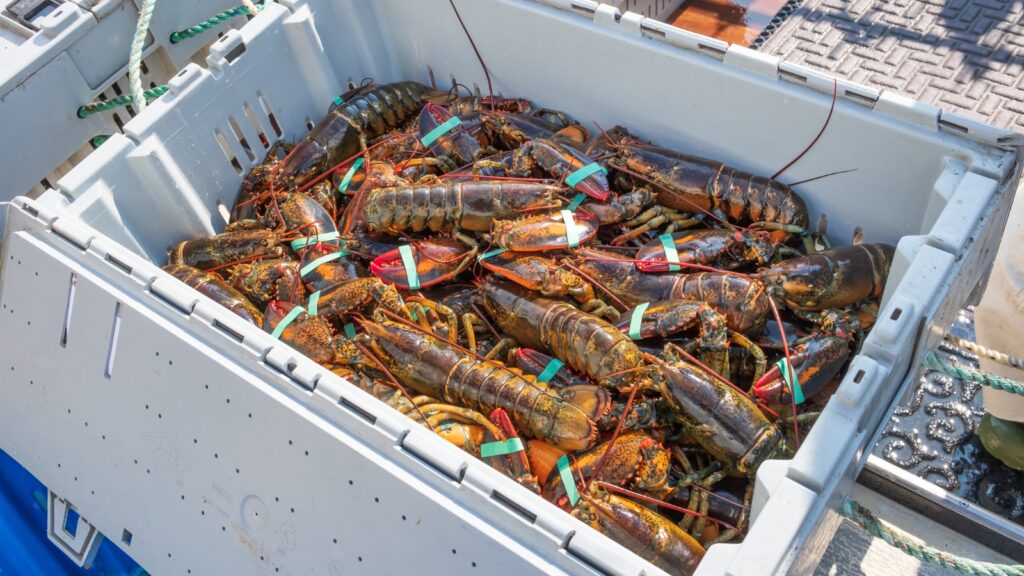iStockphoto / Don Miller
One of the rarest lobster variants in the ocean was captured recently in the waters off New Castle, New Hampshire when Joseph Kramer, owner of the Atlantic Lobster Company in Portsmouth, pulled in a cotton candy lobster.
For context, the odds of a blue lobster occurring in nature are about 1-in-2 million. The odds of a fiery orange lobster like the one found two weeks ago in Colorado are 1-in-30 million. But the rareness of a cotton candy lobster dwarfs those and is 1-in-100 million.
This particular phenotype is stunning with mixtures of blue, pink, and purple colors throughout. They can also be mistaken for blue lobsters by the undiscerning eye but cotton candy lobsters are significantly rare in the wild compared to blue lobster phenotypes.
As is often the case once the rarity of a lobster is realized, this 1-in-100 million lobster’s life will be spared from the seafood trade. It will now find a new home at the Seacoast Science Center in Rye in Rye, New Hampshire.
This particular lobster is estimated to be between 6 and 14 years old and a male, according to Sam Rutka of the Seacoast Science Center. Rutka spoke with Maine’s Seaoastonline about what makes the coloration on cotton candy lobsters so special. He said “you see these beautiful creatures and just like a fingerprint or a snowflake, each one is going to be different. They may have the same grouping for color, but the pattern is going to be different. This one has a really beautiful kind of a lavender, purple, pink-ish hue to it that puts it right in the cotton candy category.”
Due to the cotton candy coloration these lobsters stick out like a sore thumb compared to other lobsters in the sea. This makes them particularly vulnerable to predation as would-be predators can easily spot them without their natural camouflage.
Cotton candy lobsters are right up there with the rarity of ‘white lobsters‘ which are also 1-in-100 million and twice as rare as ‘Halloween Lobsters‘ which are split-colored and 1-in-50 million in the ocean.

